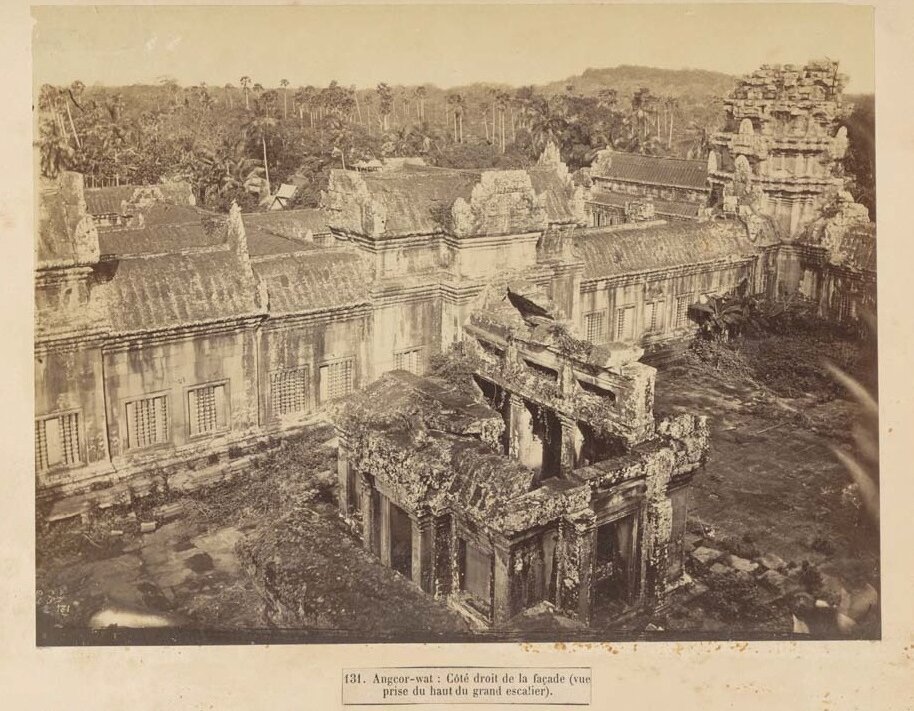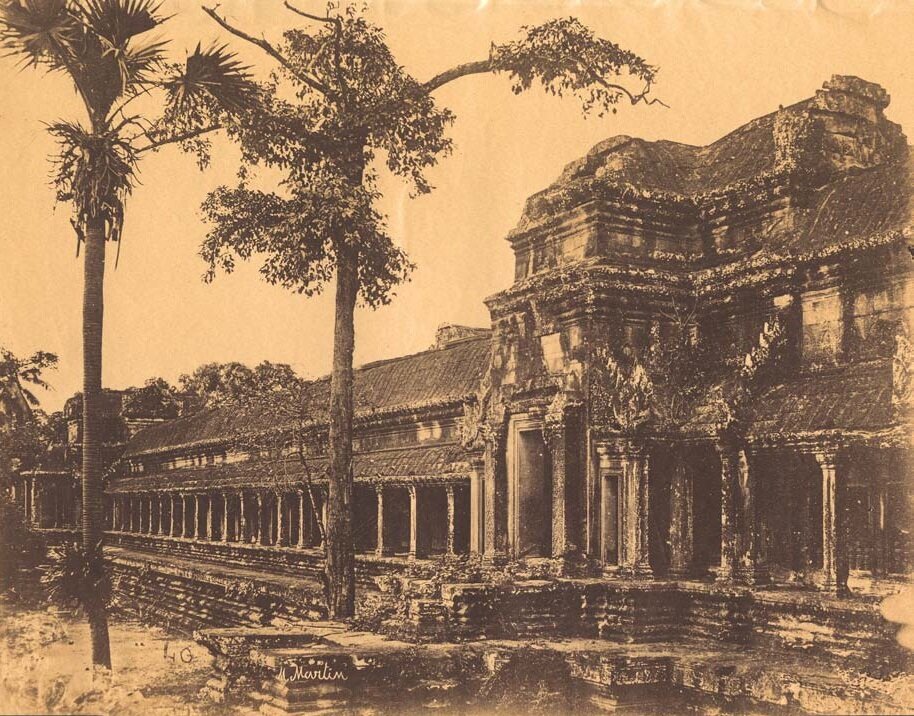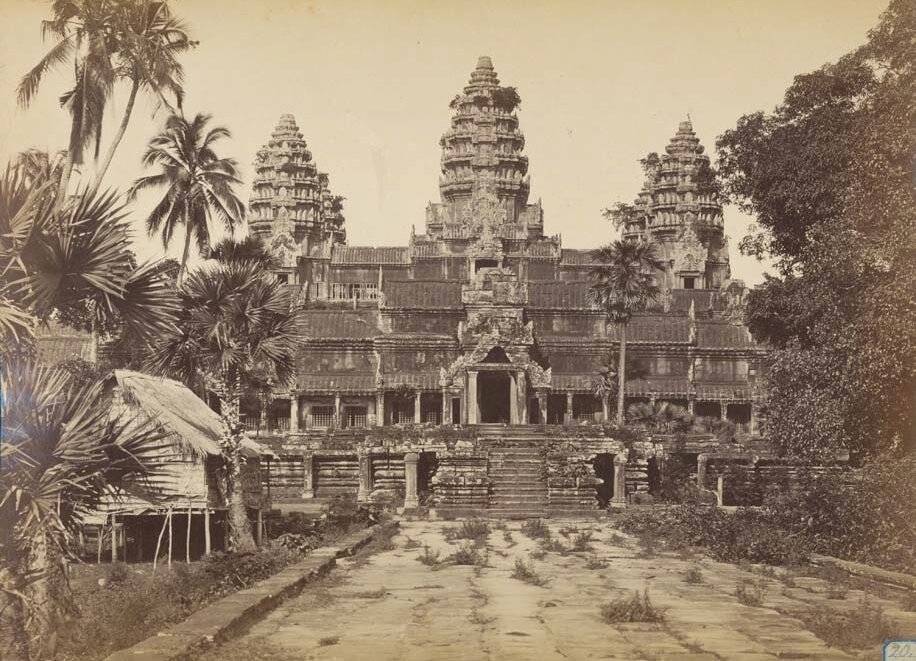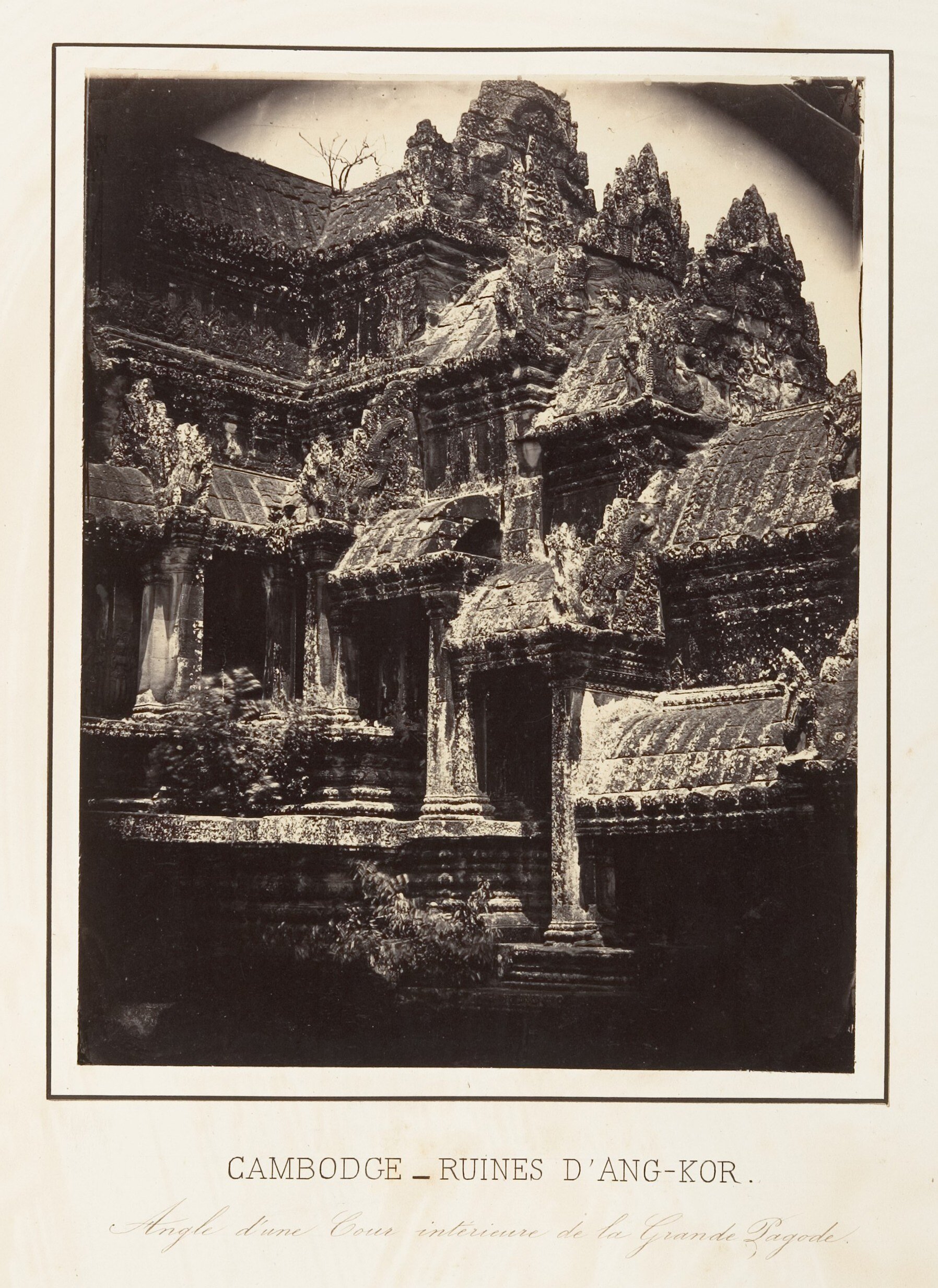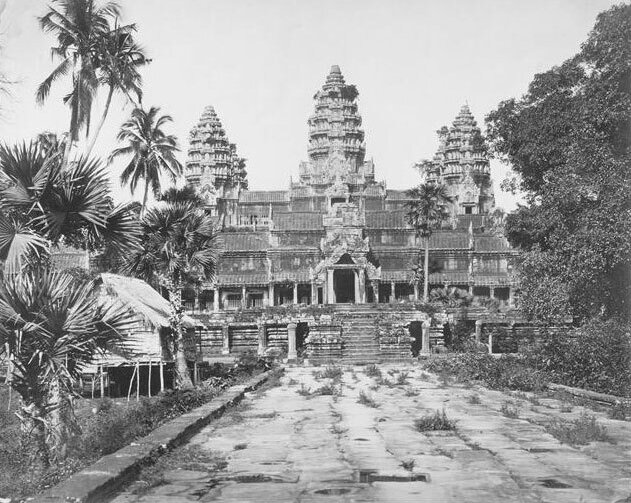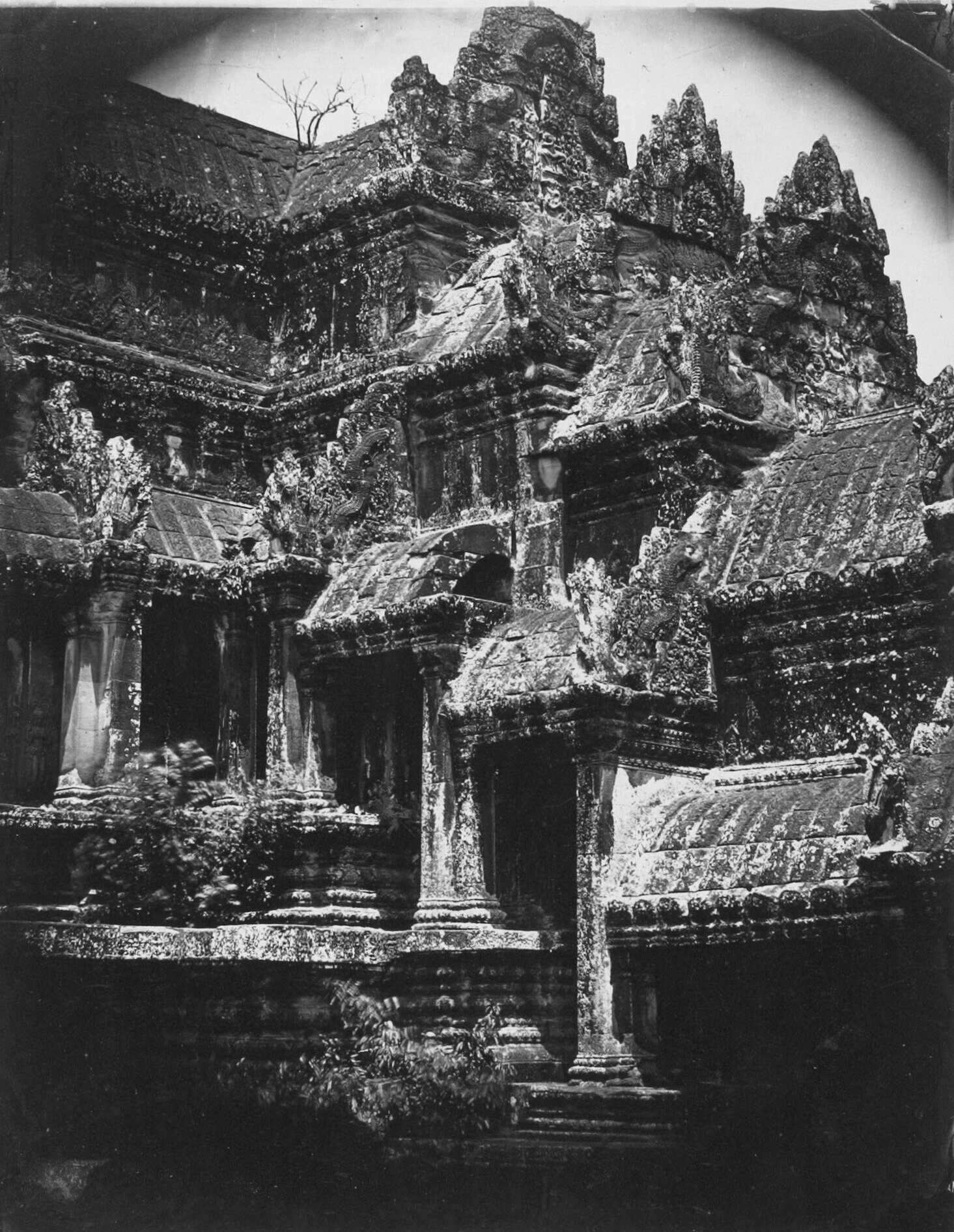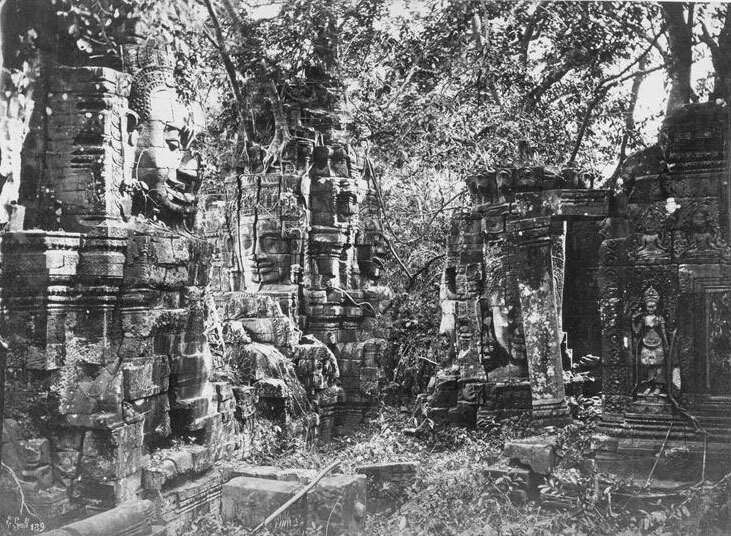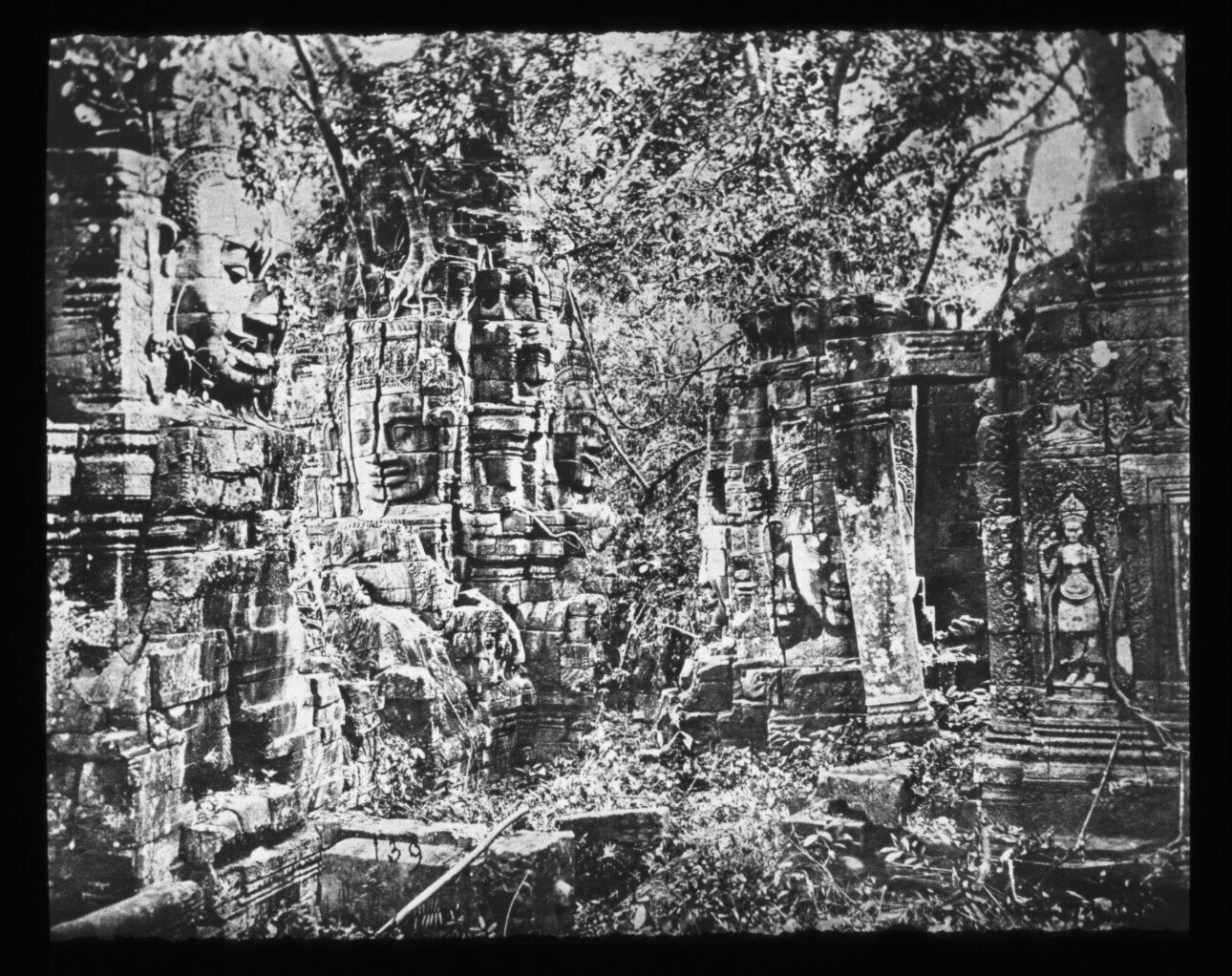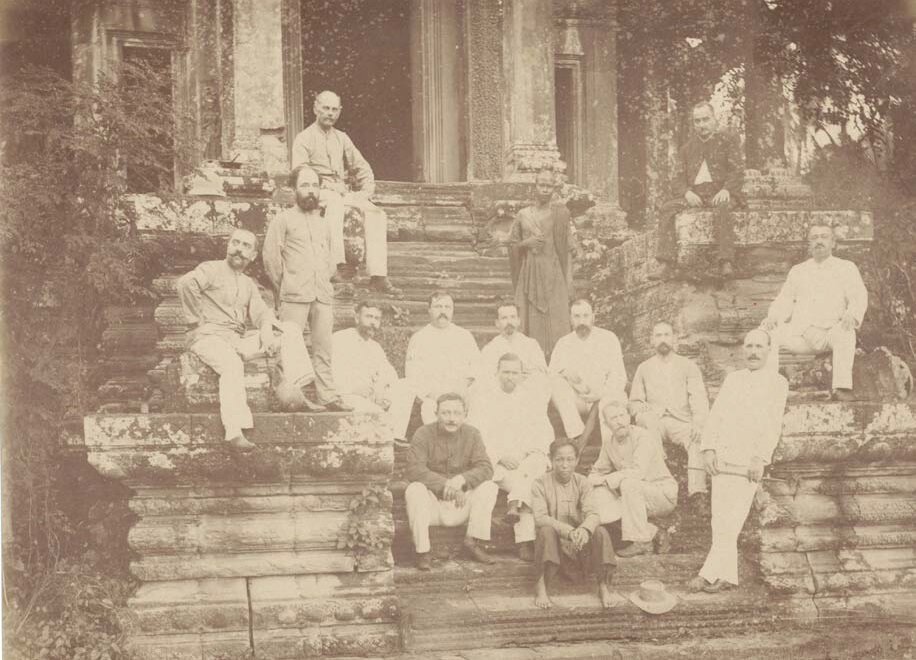Émile Gsell (1838–79) and Early Photographs of Angkor
by Joachim K. Bautze
Several pieces in the "Angkor Catalogue" edited by photographer Emile Gsell himself, commented and analyzed by art historian Joachim Karl Bautze.
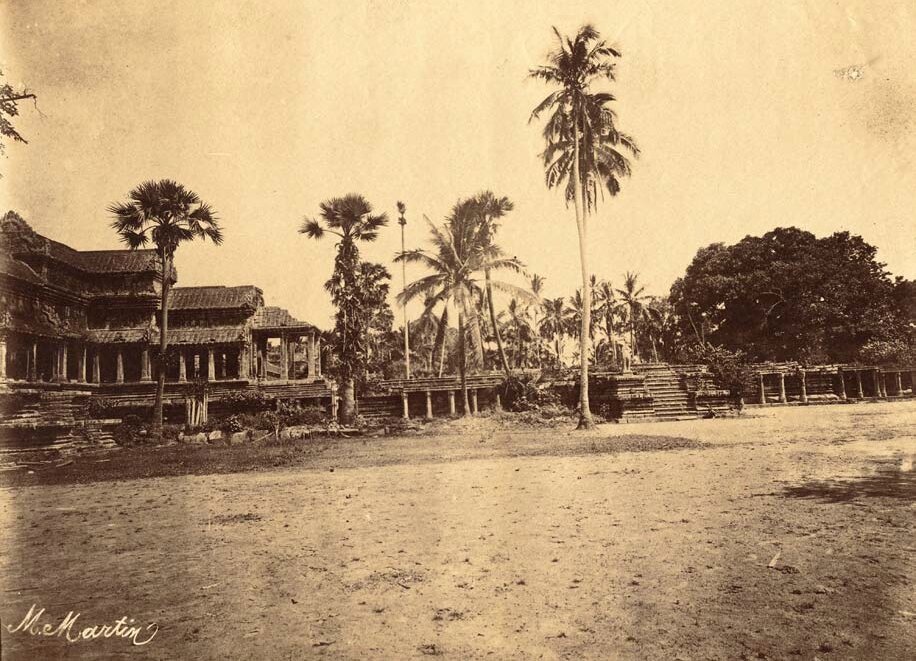
Author: Joachim K. Bautze
Source: Collection Gunter Heil + Gallica.bnf.fr
From the Introduction: “Ernest Doudart de Lagrée, apparently deeply impressed by [John] Thomson’s views of the old monuments, asked Emile Gsell, enlisted with the French army since 1858 and staying at Saigon, if he would be prepared to accompany the Commission d’exploration du Mékong as their photographer. Gsell, who had learned the art of photography to serve military purposes, agrepub. Accordingly, he was released from military duties to photograph the monuments.
“The French party reached Angkor, riding on elephants, on 24 June 1866 and left it, by elephant, on 1 July 1866. Marie Joseph François Garnier, who accompanied the expedition, mentions that (by 1870) the photographs of Angkor of “M. Thompson [sic]” were known, though only through the woodcut illustrations in the French edition of James Fergusson’s (1808 – 86) “A history of Architecture in all Countries, from the earliest Times to the present Day”. That Fergusson, “that most distinguished authority on architecture” had Thomson’s photographs at his disposal is confirmed by Thomson himself.
“Gsell must have founded his photographic atelier by October 1866, to become the first professional photographer in Saigon. At the instigations of Louis-Marie Joseph Delaporte (1842 – 1925), who already accompanied the 1866 expedition to Angkor, Gsell returned to Angkor again as a photographer during the second half of 1873. In Delaporte’s report, the “Mission d’exploration des monuments Khmers” started on 23 July 1873. Although at least 14 illustrations were made after Gsell’s photographs taken at Angkor, the main text of Delaporte’s report mentions the photographer only once: “[…] il faut étudier attentivement au verre grossissant les vues photographiques placées au musée et provenant pour la plupart de la riche collection de M. Gsell de Saïgon, collection dans laquelle nous avons puisé plusieurs fois pour l’illustration de ce livre”.
Gsell produced two albums; the “Ruins of Angkor” and “The mores, customs, and types of the Annamite and Cambodian populations”. These albums were sent to the Vienna International Exhibition, which commenced on 1 May of that year and lasted till 2 November 1873. The albums arrived in due time and Gsell was awarded a medal of merit. Gsell, who accompanied further French expeditions, never saw Angkor again. He died at Saigon on 16 October 1879, aged 41.”
In our gallery: Photos 1 – 4: Collection Gunter Heil; Photos 5 – 8: digitized by gallica.bnf.fr
- Read the essay here. Source: Chapter 24 in Connecting Empires and States: Selected Papers from the 13th International Conference of the European Association of Southeast Asian Archaeologists, Vol. 2; ed. by Mai Lin Tjoa-Bonatz, Andreas Reinicke & Dominik Bonatz, Singapore: NUS Press 2012, 306 – 316.
- Read a personal approach of Emile Gsell’s life and work by musicologist Patrick Kersalé here.
- Browse 71 photographs by Emile Gsell on the Canadian Centre for Architecture website.
- Fifteen of Émile Gsell’s first photographs (Albumen silver prints from glass negatives) of Angkor (1866) were included in the luxuriously edited Album “Cochinchine et Cambodge” that Admiral Rigault de Grenouilly presented Empress Eugénie in 1867. The admiral, who had conducted the conquest of Saigon in 1859 (the first military colonial success of the French Second Empire) was then acting as Minister of the Navy in Napoléon III (Eugénie’s husband) cabinet. A rare copy of the Album is now part of the Gilman Collection at the Metropolitan Museum of Art (MET), New York:
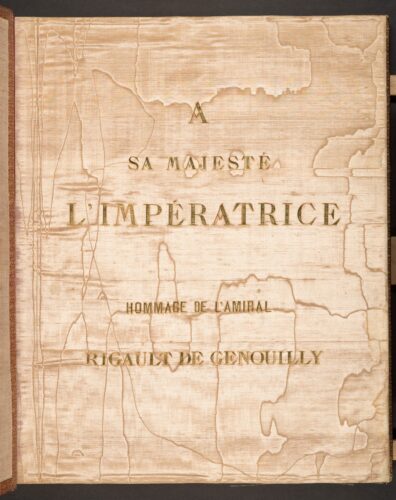
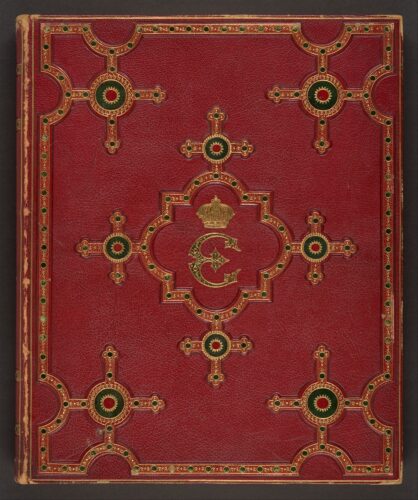
About the Photographer
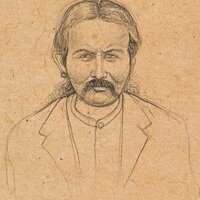
Joachim K. Bautze
Art historian Joachim K. Bautze has taught at the universities of Heidelberg, Tokyo and Berlin. He has guest-curated exhibitions of Indian art in Europe and the USA, and contributed several studies on Indian miniature paintings.
Dr. Bautze has written, contributed to, or edited, a number of books, catalogues and articles on Southeast Asian art and photography, including Unseen Siam (River Books, Bangkok: 2016).

